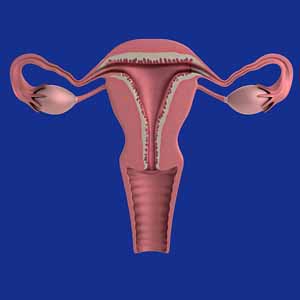Levator hiatal ballooning prevalence in pelvic organ prolapse patients and its relation to levator ani muscle strength

All claims expressed in this article are solely those of the authors and do not necessarily represent those of their affiliated organizations, or those of the publisher, the editors and the reviewers. Any product that may be evaluated in this article or claim that may be made by its manufacturer is not guaranteed or endorsed by the publisher.
Authors
Ballooning of the levator hiatus is a unique phenomenon of hyperdistention seen during the Valsalva maneuver in Pelvic Organ Prolapse (POP) patients. Although it is related to the weakness of pelvic floor muscles, there is only limited evidence of its effect on Levator Ani Muscle (LAM) strength, especially in Indonesia. The aim of this study was to describe the prevalence of levator hiatal ballooning in POP patients and its effect on LAM strength. A cross-sectional study was done on POP patients at Cipto Mangunkusumo National General Hospital, Jakarta, Indonesia, from July 2019 to June 2021. Subjects who could not perform the Valsalva maneuver or perineometer and those having a history of perineal rupture were excluded. Subjects were grouped into hiatal ballooning and non-ballooning group based on the maximum hiatal genital length measured using ultrasound examination. Clinical characteristics, hiatal ballooning status, and LAM strength were compared between groups. A total of 99 subjects (47 ballooning and 52 non-ballooning) were recruited during the study. The prevalence of hiatal ballooning in POP patients was 47.5%. There was significantly lower LAM strength in the ballooning group measured by perineometer (p = 0.018). There was a significant relationship between the perineometer result and Modified Oxford Grading Scale result in both groups (p < 0.001). Lower LAM strength was observed in POP patients with hiatal ballooning.
How to Cite

This work is licensed under a Creative Commons Attribution-NonCommercial 4.0 International License.
PAGEPress has chosen to apply the Creative Commons Attribution NonCommercial 4.0 International License (CC BY-NC 4.0) to all manuscripts to be published.






